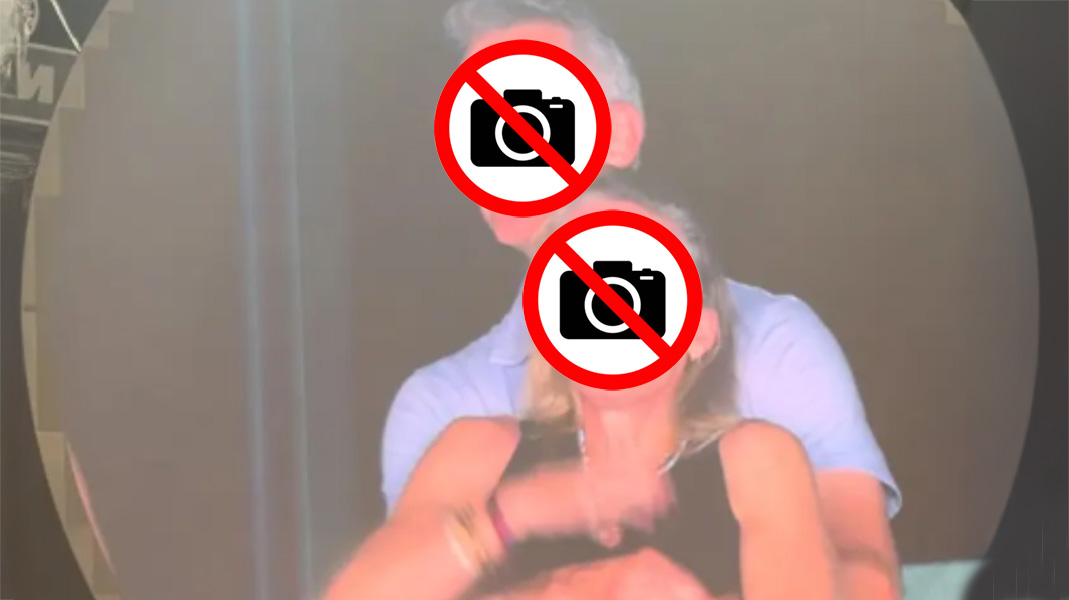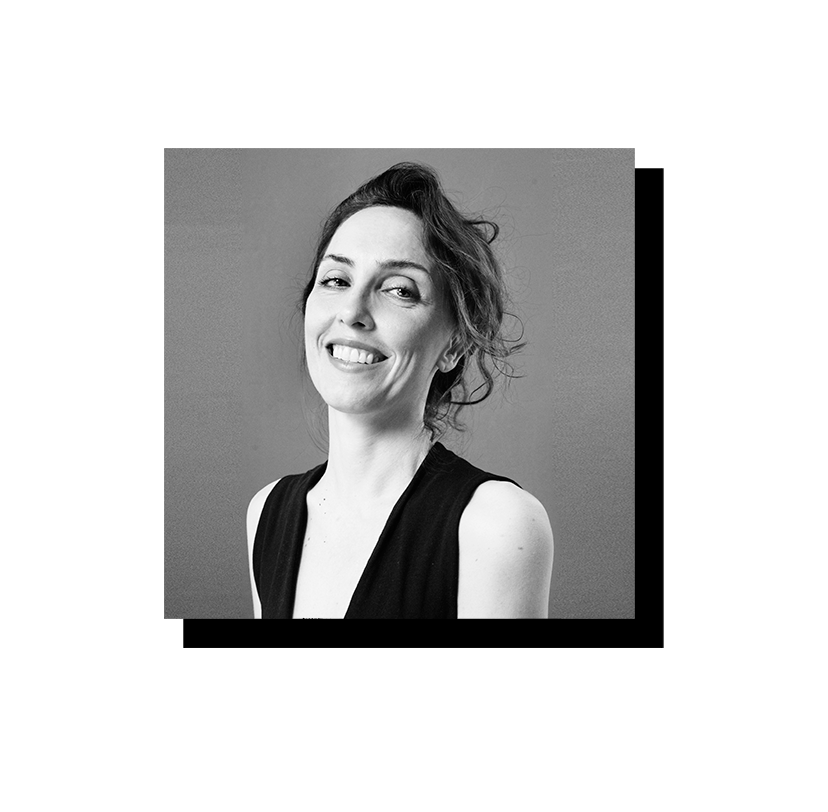Smile, You Might Be Tomorrow’s Viral 🙂
Smile, You Might Be Tomorrow’s Viral 🙂
Is our image still public in a post-consent world?
Is our image still public in a post-consent world?
✨ It was supposed to be cute.
You saw the clip. Of course you did. Coldplay concert, “Kiss Cam,” two people who absolutely did not kiss. A few seconds of shared panic, and the internet took it from there. A digital soap opera. A relationship plot twist starring people who never auditioned.
No one asked if they wanted to be part of the show. But that’s the default now: participation without consent.
We’re living in what some call the post-consent era, where the meaning of “public” has been quietly rewritten by networked technology. Step outside your home, and you’re fair game. Not because you agreed to be filmed, but because you didn’t say no in time. Which, of course, assumes you even knew you were being recorded.
The Legal and Ethical Divide
In most jurisdictions, capturing people in public spaces is legal. But legal does not mean ethical, especially when a mundane moment becomes mass entertainment, and then instant degradation.
Existing privacy laws were largely designed to address surveillance, not social weaponization and viral exposure.
That leaves an overlap between what’s permitted and what feels violated.
Many of us still operate under old assumptions shaped in the 20th century: cameras used flashes, stories stayed local, images retained context. None of those hold true today. Phones don’t flash anymore. Clips spread instantly. And nuance often disappears in a world that thrives on ambiguity.
A Vision for Consent-Centered Visual Culture
So what would it take to build a visual culture that treats consent as a starting point, not an afterthought?
It might begin with how we design our tools and environments. Imagine if the act of taking a photo prompted us to pause, if your phone asked whether the people in your frame had agreed to be seen. That kind of friction could be a feature, not a flaw. A moment of awareness/hesitation that shifts habits over time.
The same goes for spaces we share. Whether at concerts, conferences, or community events, there are simple ways to make room for those who’d rather not be recorded. A visible wristband. A no-camera zone. Signals that say, “I’m here, but not for your feed.” They don’t restrict expression. They respect it.
Institutions could play a bigger role too. Workplaces, schools, and festivals already have norms for safety and accessibility.
Why not visual privacy as well?
A quiet opt-out should be just as available as a dietary preference or a name pronunciation guide.
And then there’s us. The ones about to shot, or post, or share. We have more influence than we realize. Not every image needs an audience. Not every moment wants to be shared. Before turning someone else’s life into weekend content, it’s worth asking: do I understand the story I’m about to tell? And is it mine to tell?
A culture of consent doesn’t have to be rigid. But it does need to be conscious. Because the point isn’t to stop recording the world around us, but to start recognizing who’s in the frame.
The Responsibility Ahead
The future of visual culture, beyond high-res and high-speed, must be high-responsibility.
We’ve automated capture. We’ve globalized sharing. Now it’s time to systematize consent. Because when people become content without knowing it, something more than privacy is lost: personhood.


Leave a Reply